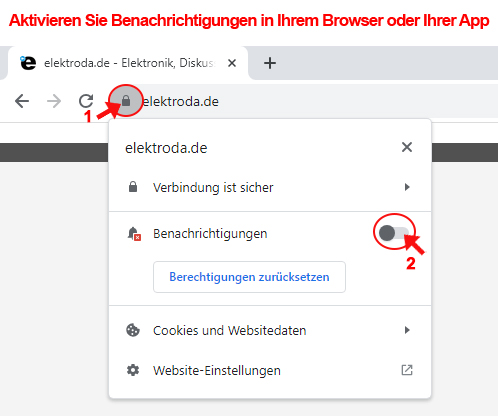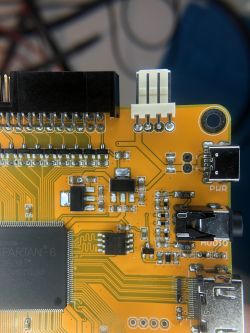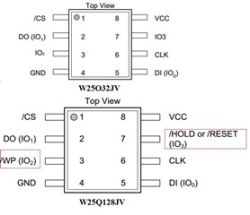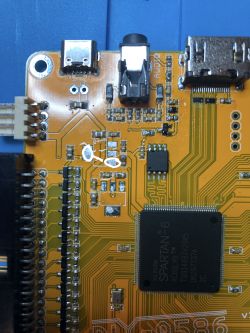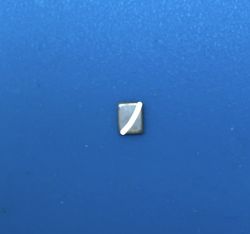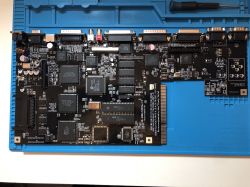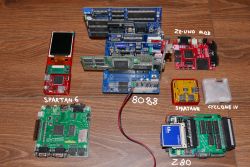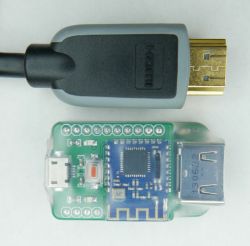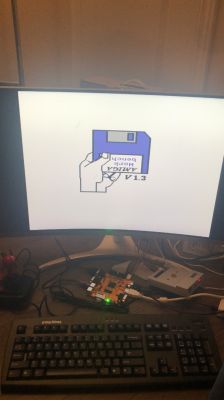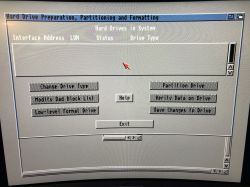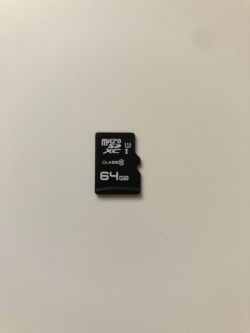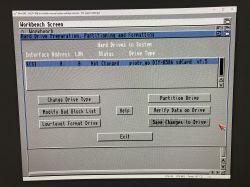Well ok, at least I didnt release any magic smoke... yet 
At this point I have all components on the board. However when I connect usb-c power I dont get LED-s up. I can mesure 5.125V next to USB connector.
I can tell some component are getting warm but no picture, no LED-s.
Any sugestrions to where do I start debugging? I am including picture of the board if there is something obious.
Cheers,
Ranko
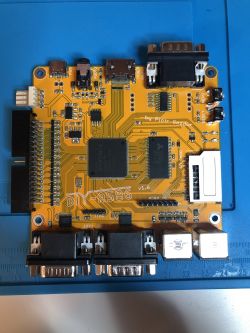
At this point I have all components on the board. However when I connect usb-c power I dont get LED-s up. I can mesure 5.125V next to USB connector.
I can tell some component are getting warm but no picture, no LED-s.
Any sugestrions to where do I start debugging? I am including picture of the board if there is something obious.
Cheers,
Ranko




